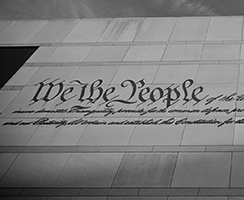Summary
This case involved a potential conflict between the First Amendment’s protection of religious liberty and the reach of federal anti-discrimination law. After getting fired from a Catholic school, a California teacher sued the school for age discrimination. The employee taught both religious and secular subjects. The school argued that federal anti-discrimination laws did not apply to religious institutions’ decisions about who to hire as religious instructors. In a 7-2 decision, the Court held that anti-discrimination laws do not apply to teachers who engage in religious instruction at religious schools. The “ministerial exception” to these laws prevents judges from interfering with employment decisions made by religious institutions.





